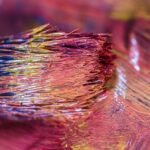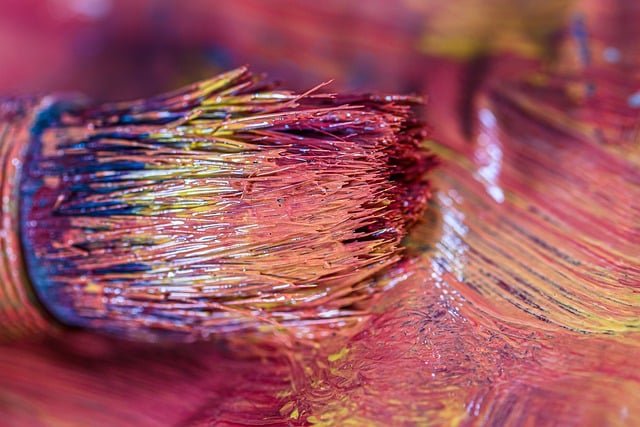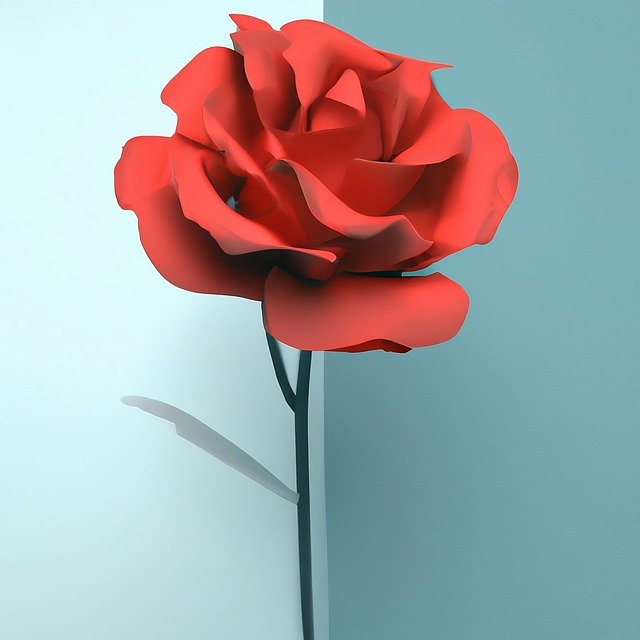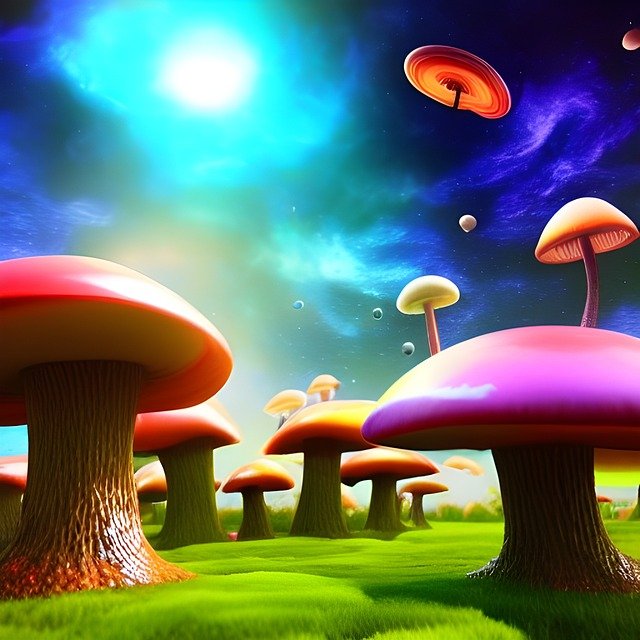Section 1: The Rise of AI Art
Artificial Intelligence (AI) has been making waves in various industries, from healthcare to finance, with its ability to analyze data and make predictions. However, the latest development in AI has caught the attention of the art world – AI art. This revolutionary technology is transforming the way we perceive and create art, blurring the lines between human and machine. With its limitless potential, AI art is revolutionizing the business and creativity landscape, unlocking new possibilities for artists and businesses alike.
The concept of AI art may seem like a recent development, but its roots can be traced back to the 1960s when computer scientist A. Michael Noll created the first computer-generated artwork. However, it was not until the 2010s that AI art gained mainstream attention, with the emergence of deep learning algorithms and advancements in computing power. Today, AI art is a rapidly growing field, with major art institutions like the Metropolitan Museum of Art and the Tate Modern showcasing AI-generated artworks. This rise of AI art has sparked a debate on the role of technology in art and its impact on the creative process.
Section 2: How AI Art Works
The process of creating AI art involves training a machine learning algorithm on a dataset of images, texts, or sounds. The algorithm then uses this data to generate new images, texts, or sounds based on the patterns it has learned. This process is known as Generative Adversarial Networks (GANs), where two neural networks – a generator and a discriminator – work together to create new images. The generator creates new images, and the discriminator evaluates them, providing feedback to the generator. This feedback loop continues until the generator produces an image that is indistinguishable from a human-created one.
One of the most popular AI art projects is the portrait of Edmond de Belamy, created by the French art collective Obvious. The portrait was generated using GANs and sold for a whopping $432,500 at Christie’s auction house. This sale sparked a conversation about the value of AI-generated art and its potential impact on the art market. While some argue that AI art lacks the emotional depth and human touch of traditional art, others see it as a new form of artistic expression that challenges our perceptions of creativity.
Section 3: The Impact of AI Art on Business and Creativity
The rise of AI art has significant implications for businesses and creative industries. One of the most significant impacts is the democratization of art, making it more accessible to a wider audience. With AI art, anyone with a computer and the right skills can create art, eliminating the need for expensive materials and years of training. This opens up new opportunities for emerging artists, enabling them to showcase their work and reach a global audience.
Moreover, AI art has the potential to disrupt traditional business models in the art world. With AI-generated art, the need for a human artist is eliminated, raising questions about the ownership and authenticity of the artwork. This could lead to a shift in the way art is bought and sold, with the possibility of AI art being sold directly by the creators or through online platforms. This could also have a significant impact on the art market, with the potential for AI-generated art to be sold at lower prices than traditional art.
On the creative front, AI art is pushing the boundaries of what is possible. By combining human creativity and machine learning algorithms, artists can explore new techniques and produce unique artworks that would not be possible with traditional methods. This collaboration between human and machine is also challenging the notion of what it means to be an artist, blurring the lines between art and technology.
Conclusion
AI art is a groundbreaking development that is transforming the art world and challenging our perceptions of creativity. With its ability to generate new and unique artworks, AI is unlocking limitless potential for artists and businesses. While there are concerns about the impact of AI on the traditional art market, the rise of AI art presents new opportunities for emerging artists and a new form of artistic expression. As technology continues to advance, it is exciting to imagine the possibilities and the future of AI art.










